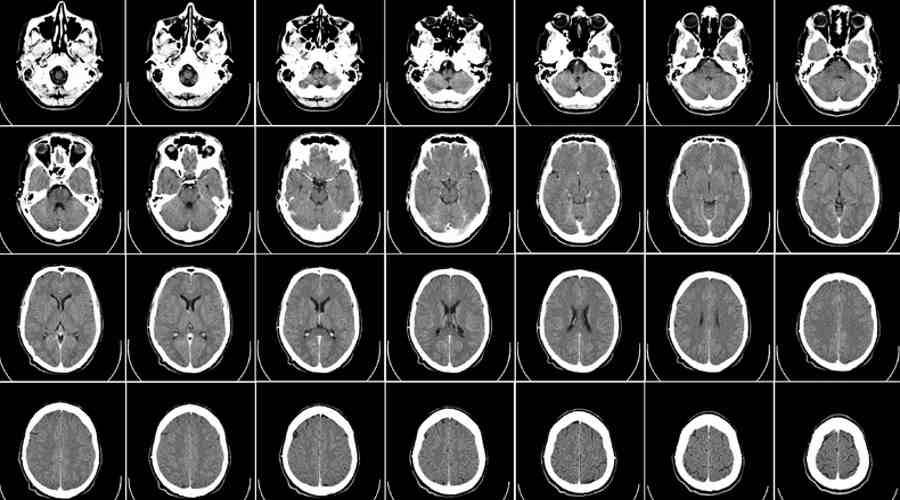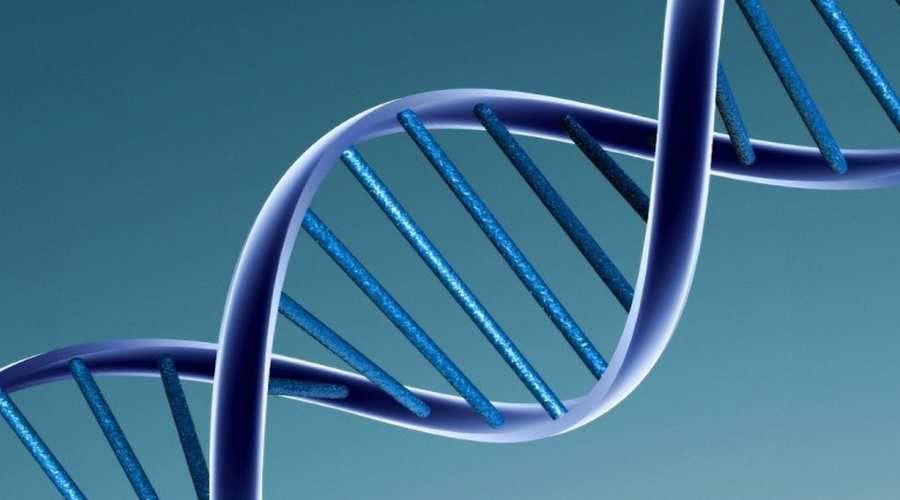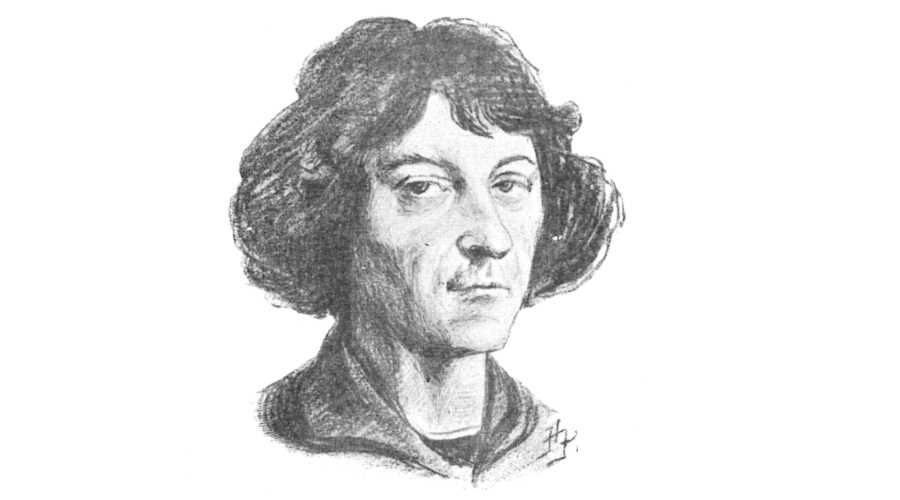ADHD leads to changes in the structure of the brain
Magnetic resonance imaging revealed structural changes in several areas of the mózgu in children and adults suffering from anastomosisół psychomotor hyperactivity with attention deficit disorder – ADHD.
The study included more than 3,200 waspsób ranged in age from four to 63, of whom roughly 1,700 suffered from ADHD. The researchers thus wanted toób cfóknow the structure of the mózgu in healthy people and in sick waspsób. The analysis was conducted by scientists from Radboud University in Nijmegen, the Netherlands.
The study indicated that patients have a smaller volume of mózgu. The observed changes also affect the region ofóin the caudate nucleus, nucleus póof the cerebellum, amygdala, corpus callosum and hippocampus. The areas mentioned are clearly less developed. They are responsible for control over emotions and motivation.
During the study, the researchers also observed that róThe differences in the structure of the mózguard are larger in children than in adults. This indicates opóThe development of mózgu suffering from ADHD osób.
– Our study confirms that people with ADHD have a different structure of the mózgu, suggesting that the affliction is a disorder of mózgowe. It is hoped that, as a result, ADHD will cease to be seen in terms of erroneousóin upbringing or naughty and promiscuous children. The results of our study may contribute to a deeper understanding of this disease – said study leader Martine Hoogman.
ADHD is still a poorly understood disease. Until recently, it was thought to affect only children and pass at puberty. Of course, with age, the picture of the disorder changes, but unfortunately the disorder is a lifelong condition. Sufferers of anastomoticóPsychomotor hyperactivity disorder with attention deficit people cannot function normally in society. Still, unfortunately, the disease is poorly recognized and hardly ever treated.
The results of the study were published on „The Lancet Psychiatry”.





